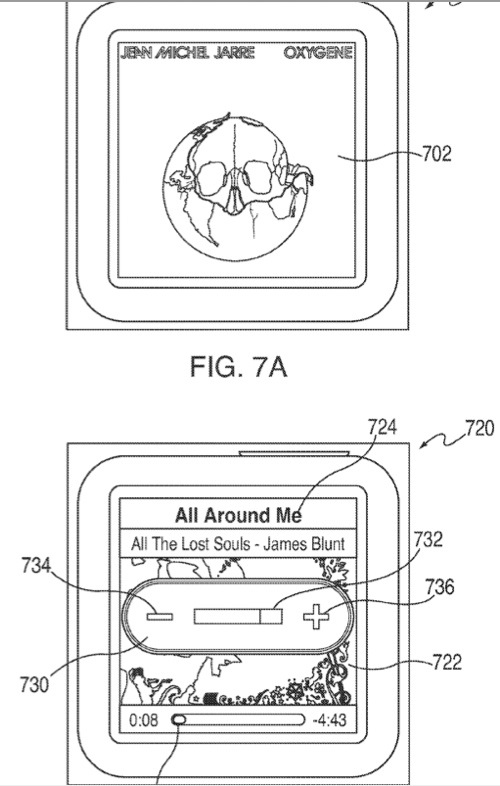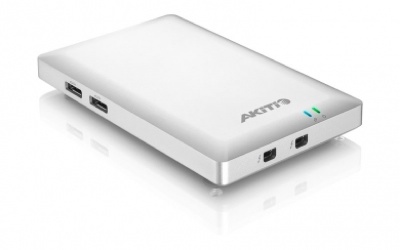Mobile payments made via NFC-enabled handsets will approach $240 billion in total value by 2021, according to a new Strategy Analytics (www.strategyanalytics.com) forecast.
Increasing competition between mobile wallets from device vendors Apple and Samsung, payment card issuers, and mobile operators, combined with a maturing contactless payment infrastructure across most regions, will finally catalyze in-store handset-based NFC purchases, according to the research group. Furthermore, Strategy Analytics expects consumer readiness to adopt mobile payments to improve as providers of mobile wallets increasingly support coupons and loyalty cards.
The research group is encouraged by rising use of contactless payments over the past 12 months, particularly in cities like London where the acceptance of contactless payments has become nearly ubiquitous. Nitesh Patel, director, Strategy Analytics’ Mobile Payments, noted, “Transport for London has highlighted the importance of wide reaching contactless payment acceptance in driving adoption and use. With three percent of all journeys paid for using contactless driven by mobile phones in December 2015, just six months after the launch of Apple Pay, it is clear that NFC-based payments have strong potential for future growth.”
Rising overall adoption of contactless payments will boost handset-based contactless payments, but underlines a strong need for mobile wallets to differentiate from cards.
“Handset-based contactless payment need to go beyond the convenience offered when paying by contactless cards. The success of non-NFC based mobile payment services from Starbucks shows that combining loyalty and offers into mobile payment applications provides incentive for users to switch to mobile wallets,” says David Kerr, senior vice president, Strategy Analytics. “Additionally, with recent Strategy Analytics’ user research highlighting security concerns as a key barrier of mobile payment adoption it is clear mobile wallet providers must continue to educate consumers about the additional security provided by biometric authentication and tokenization.”





